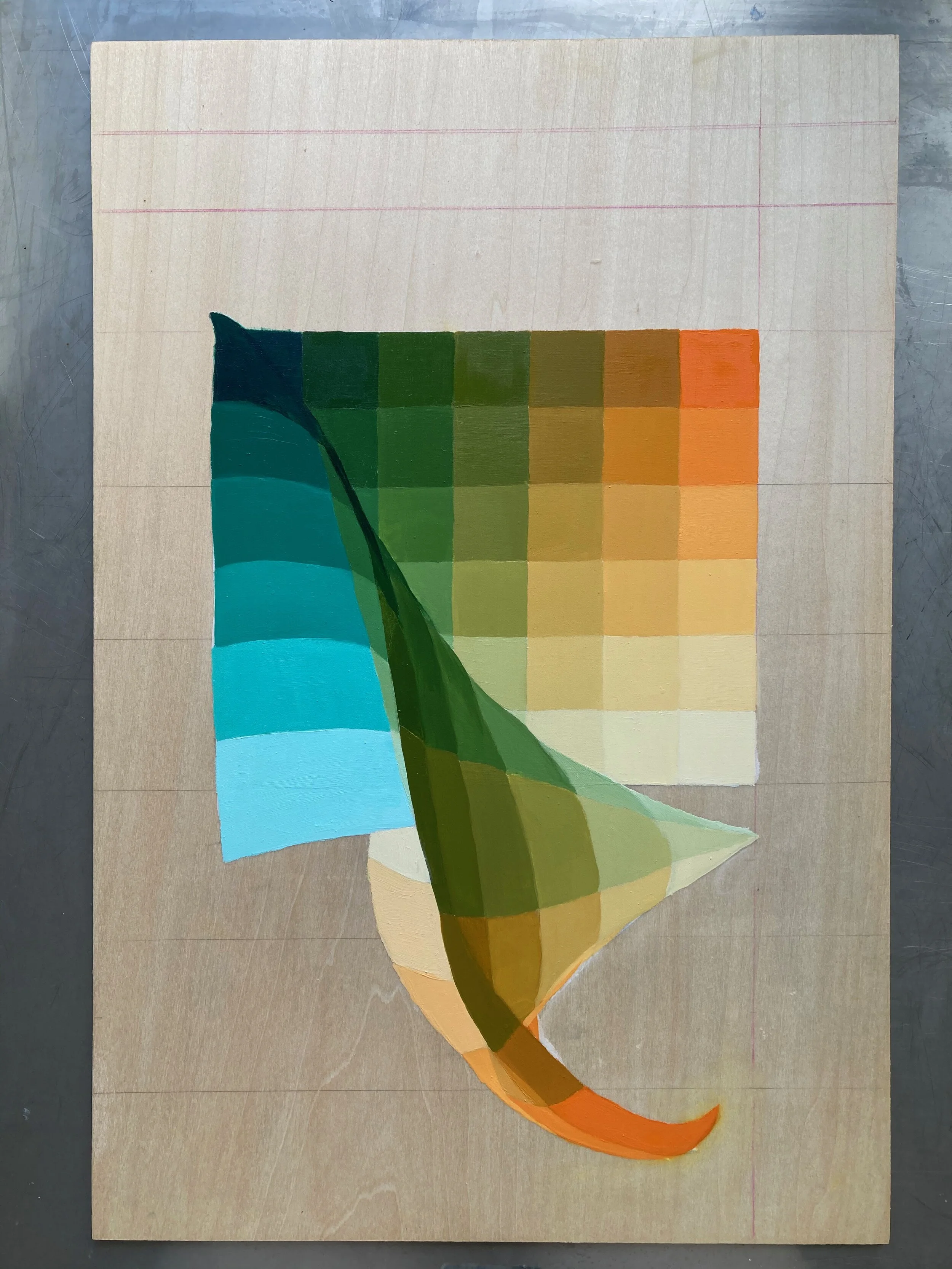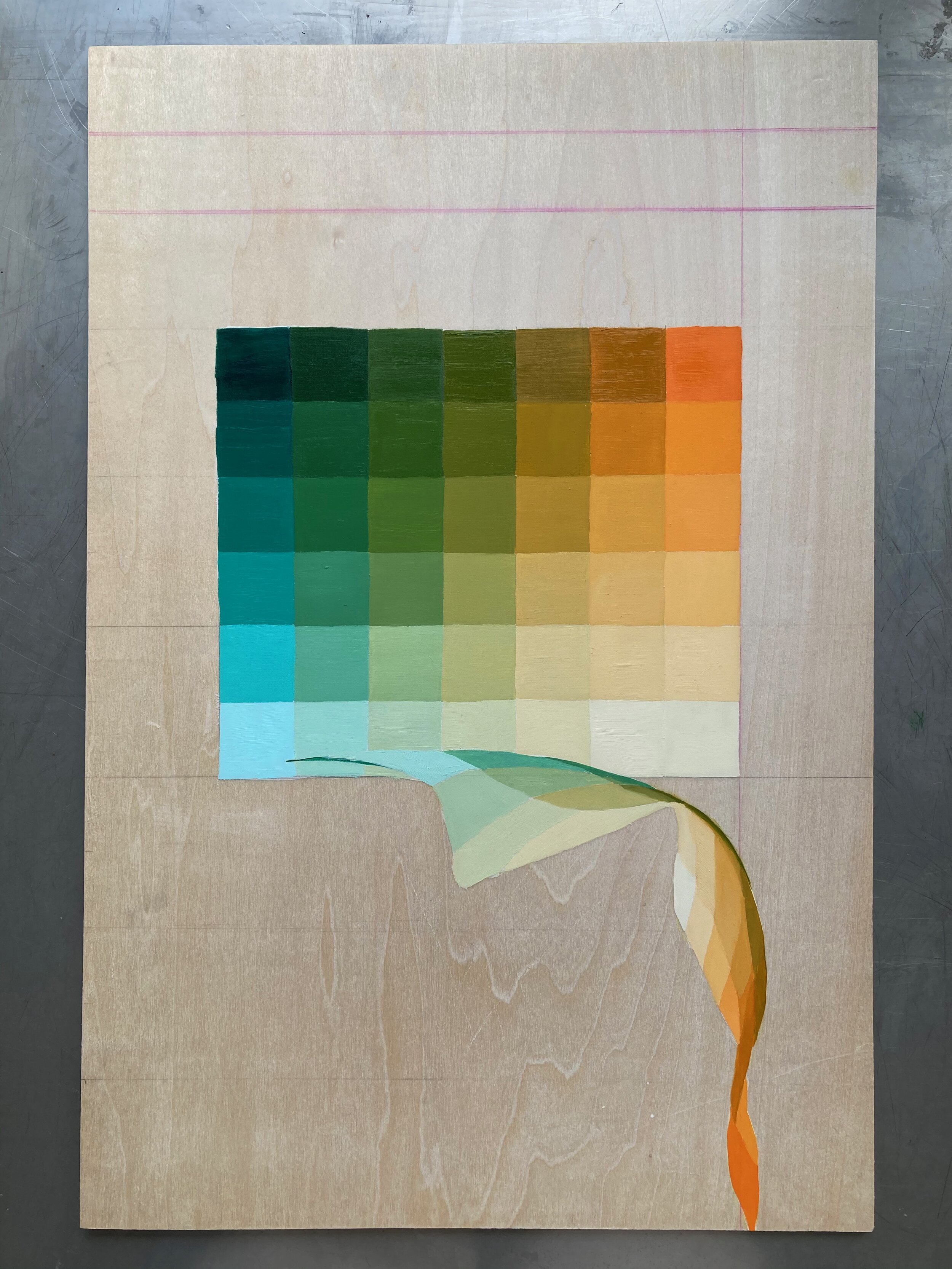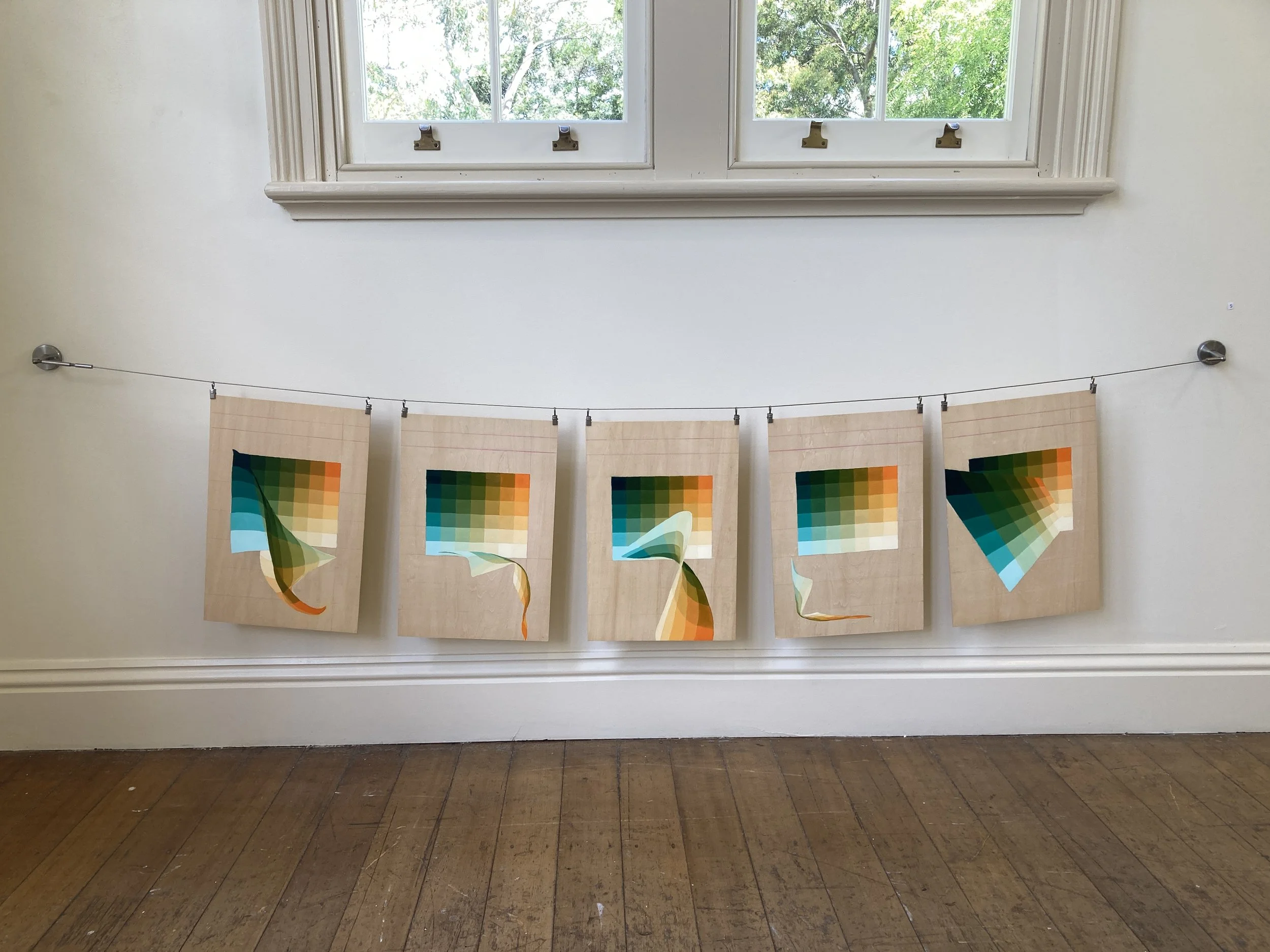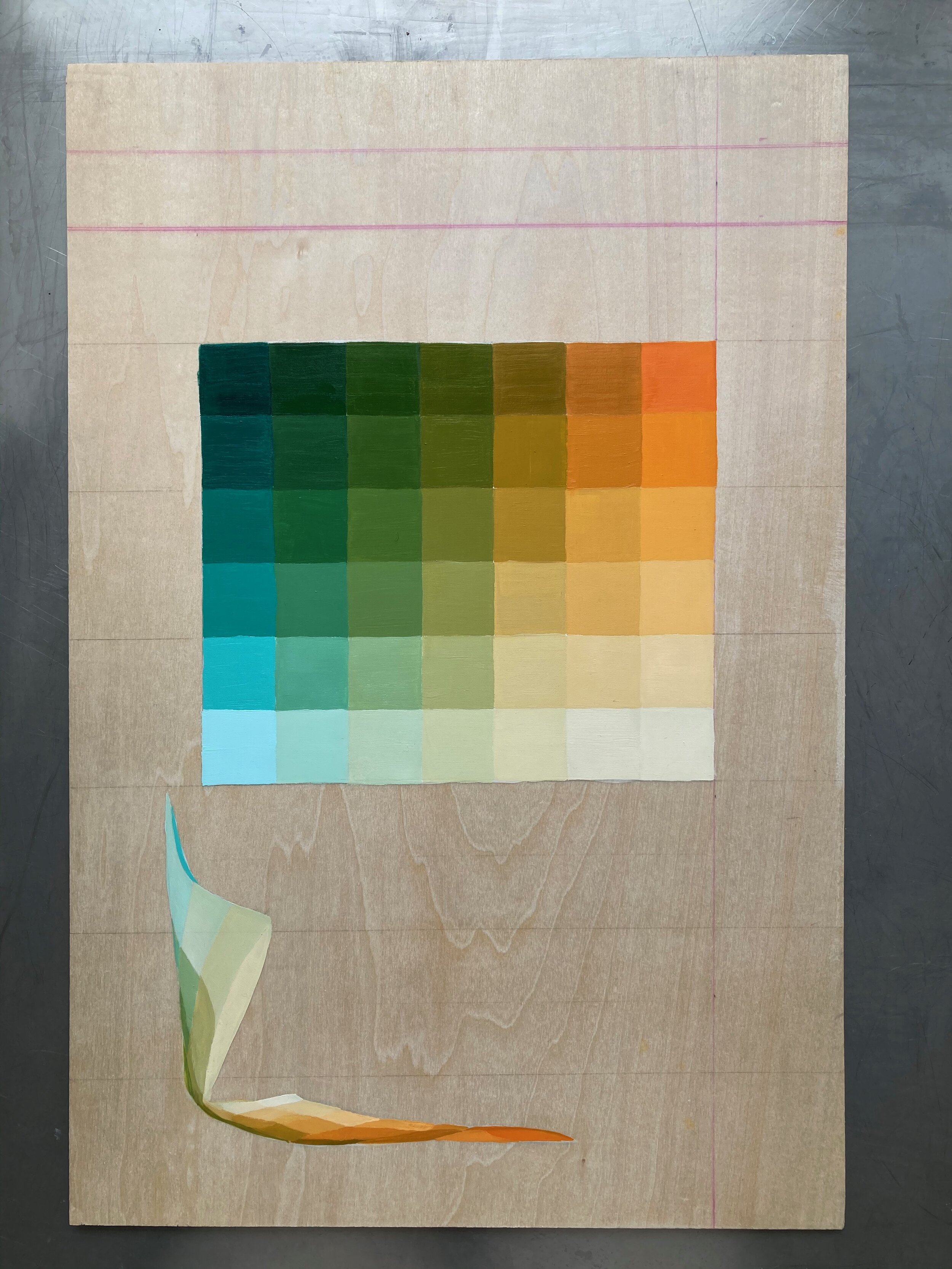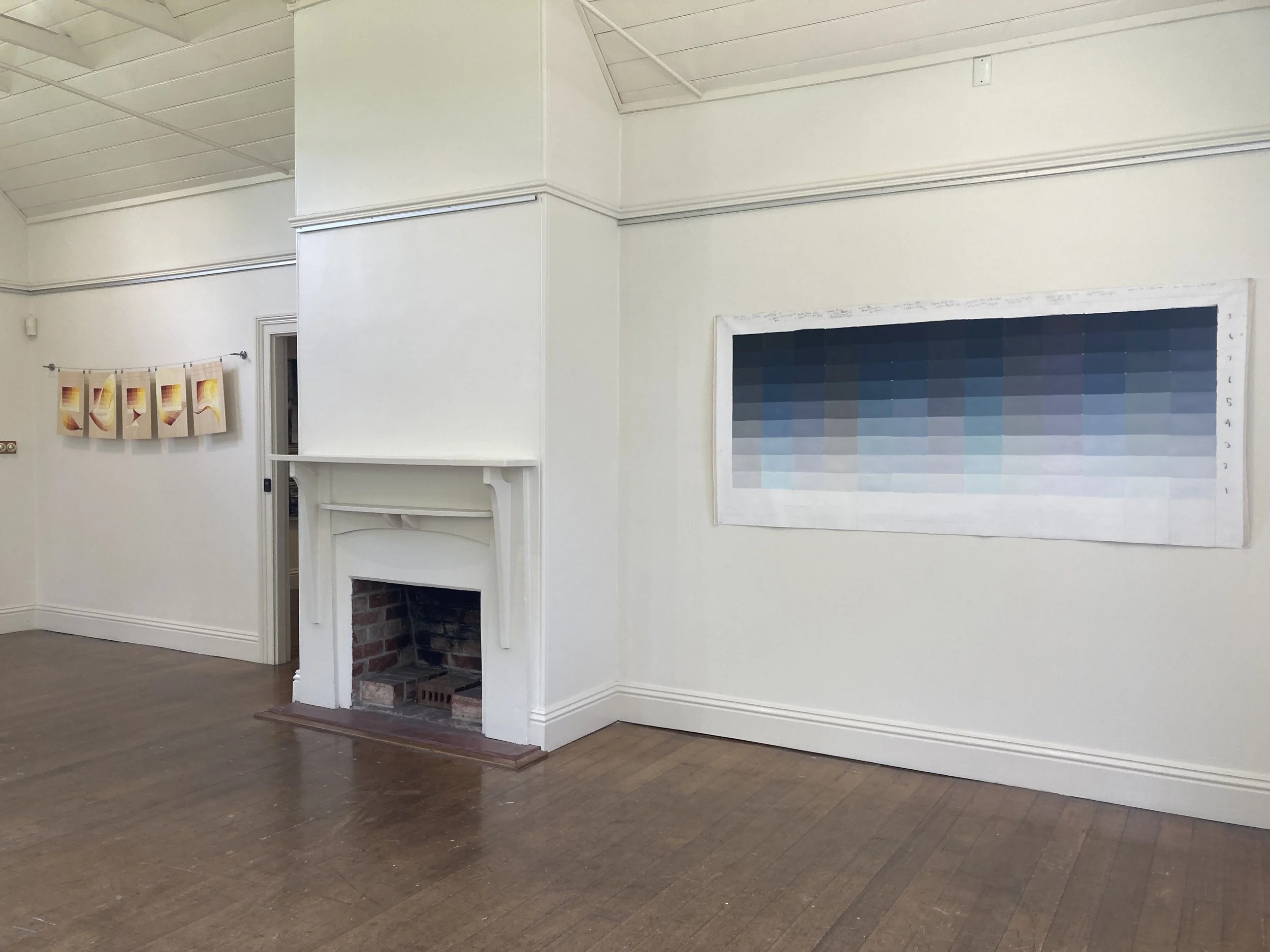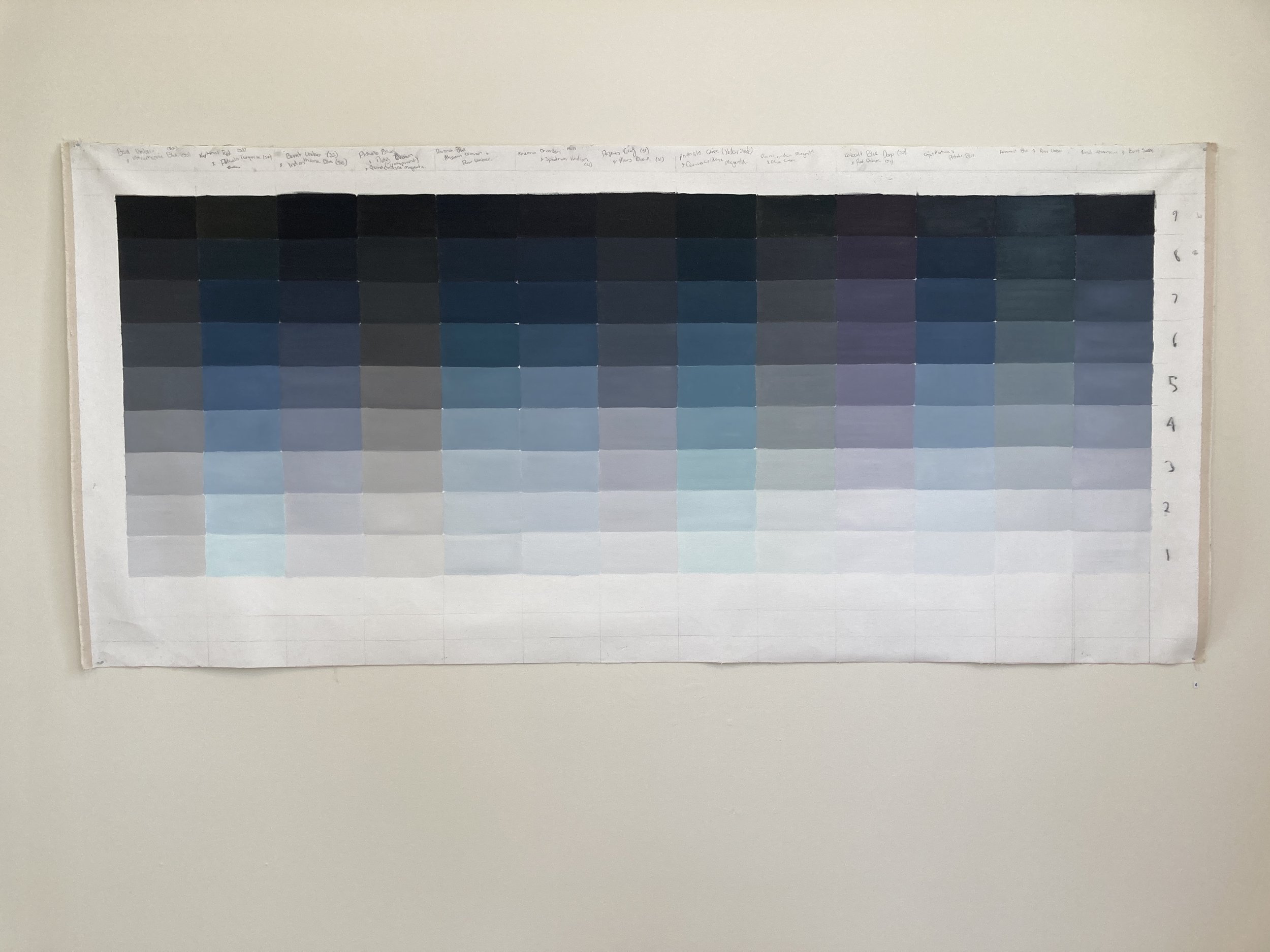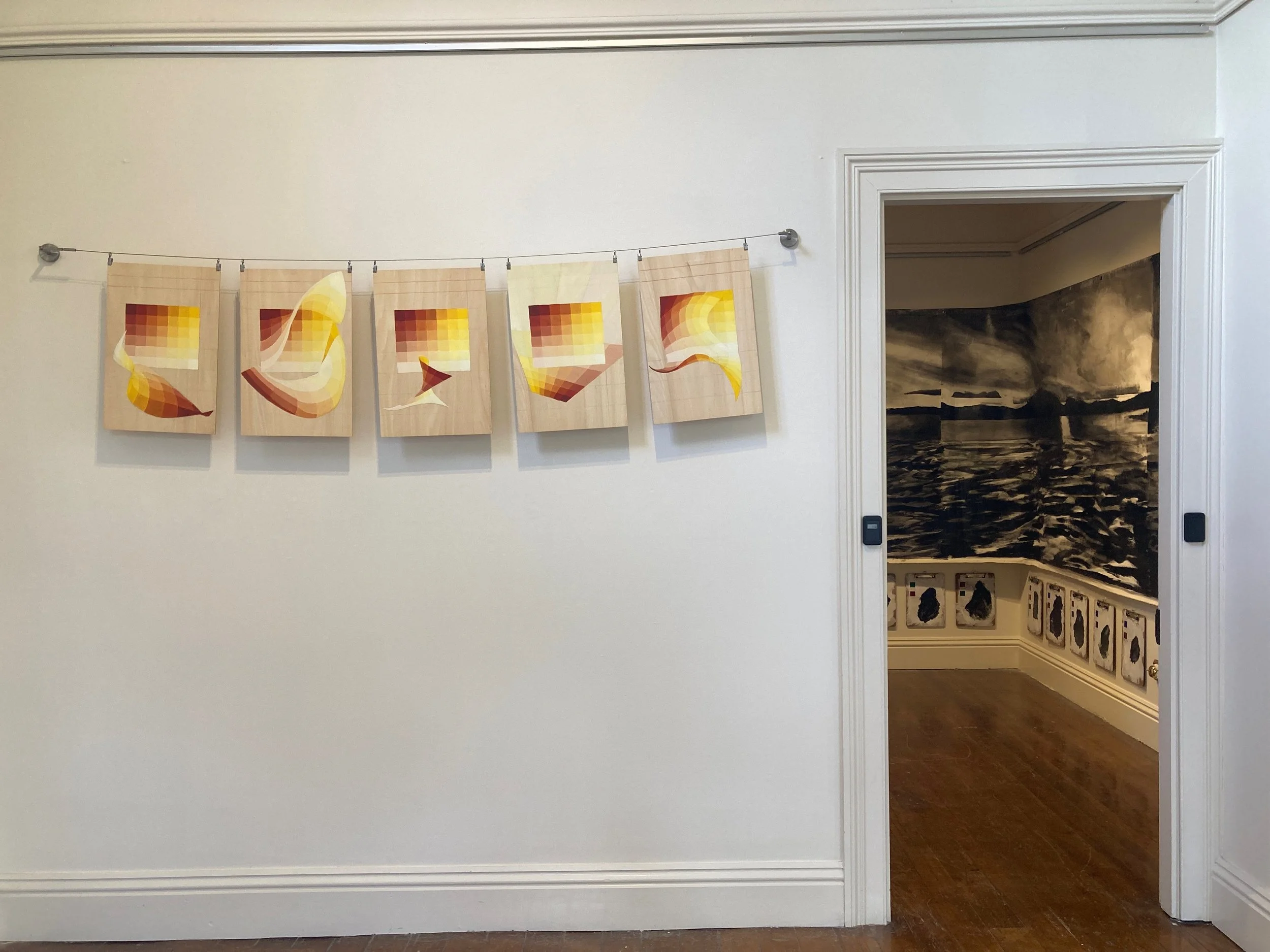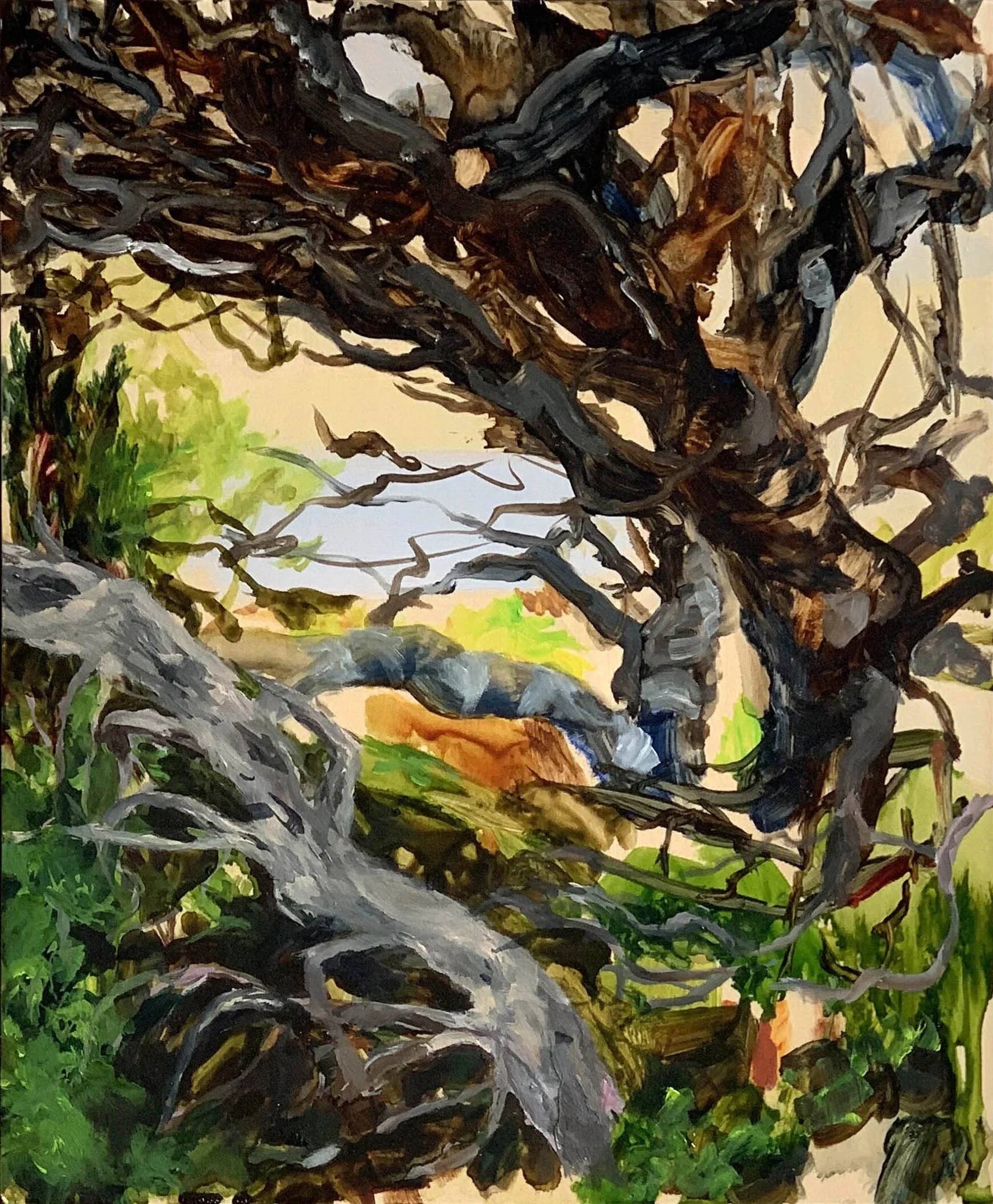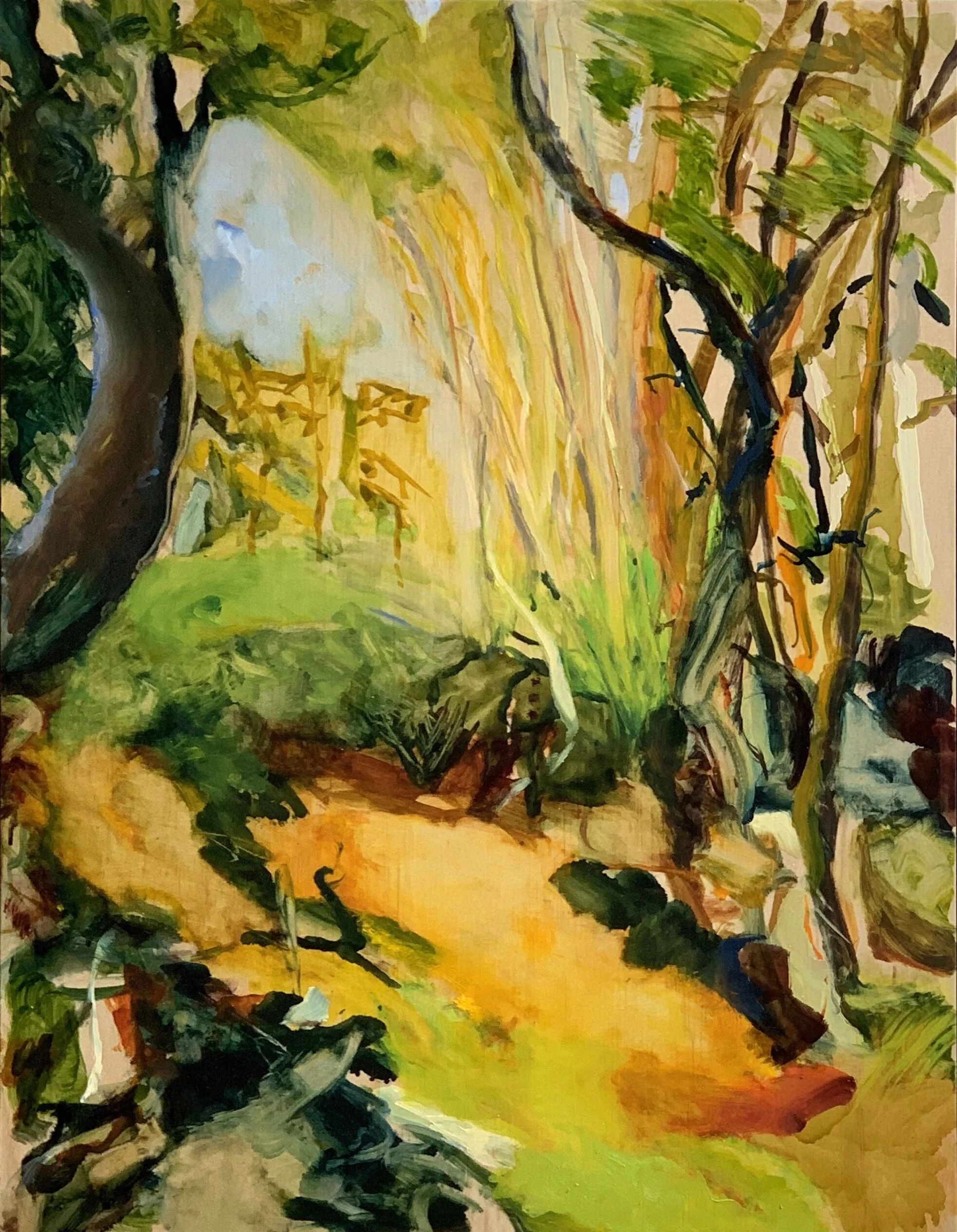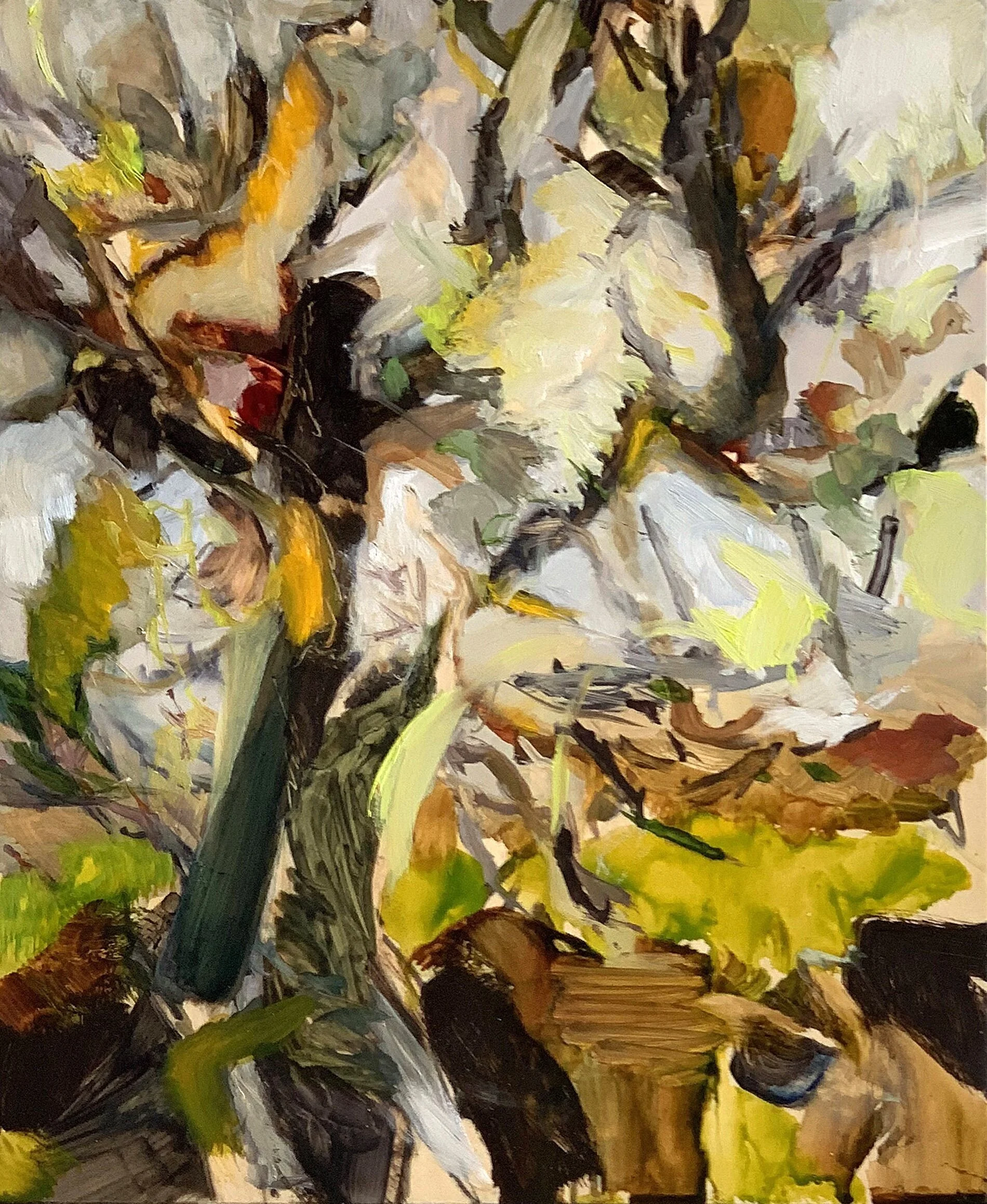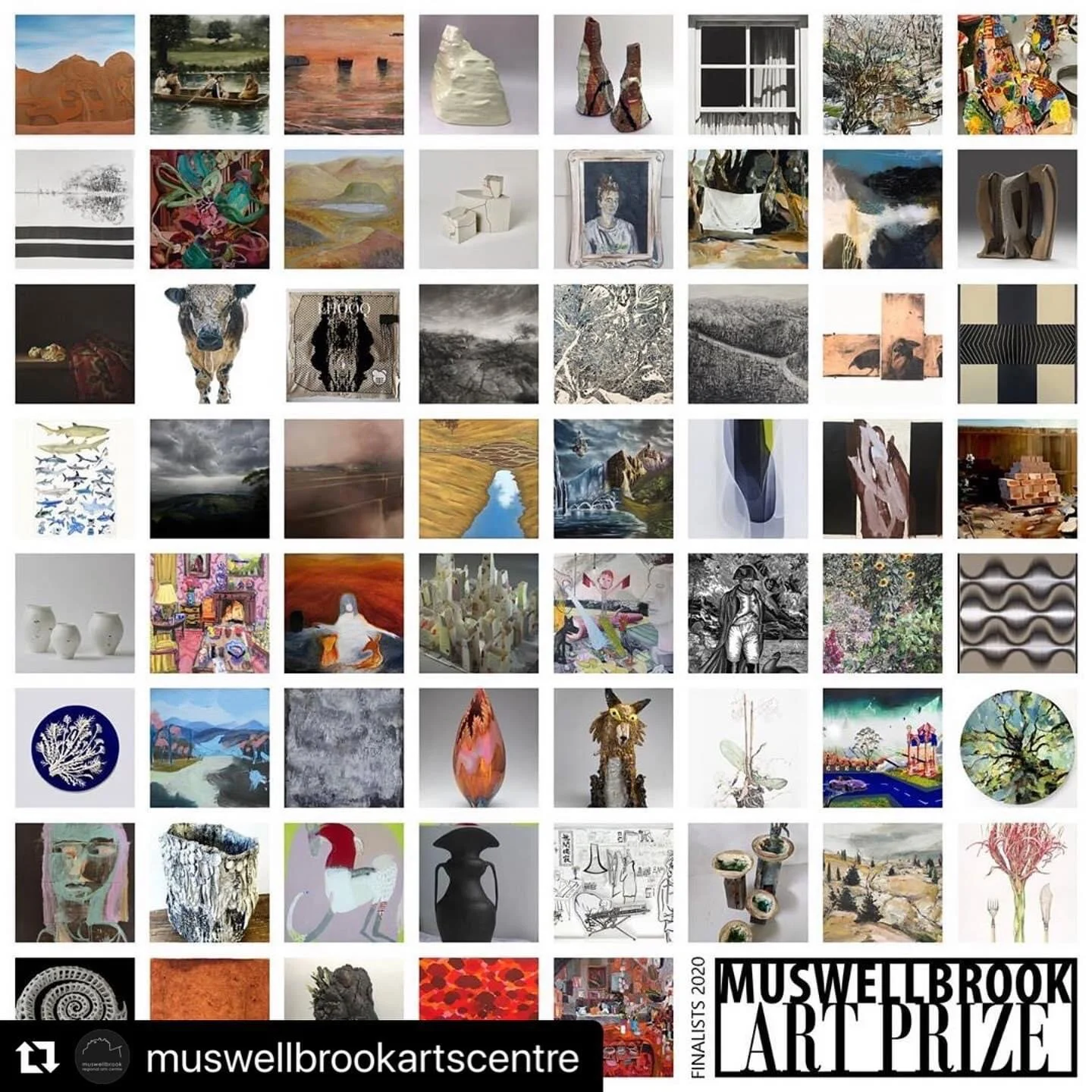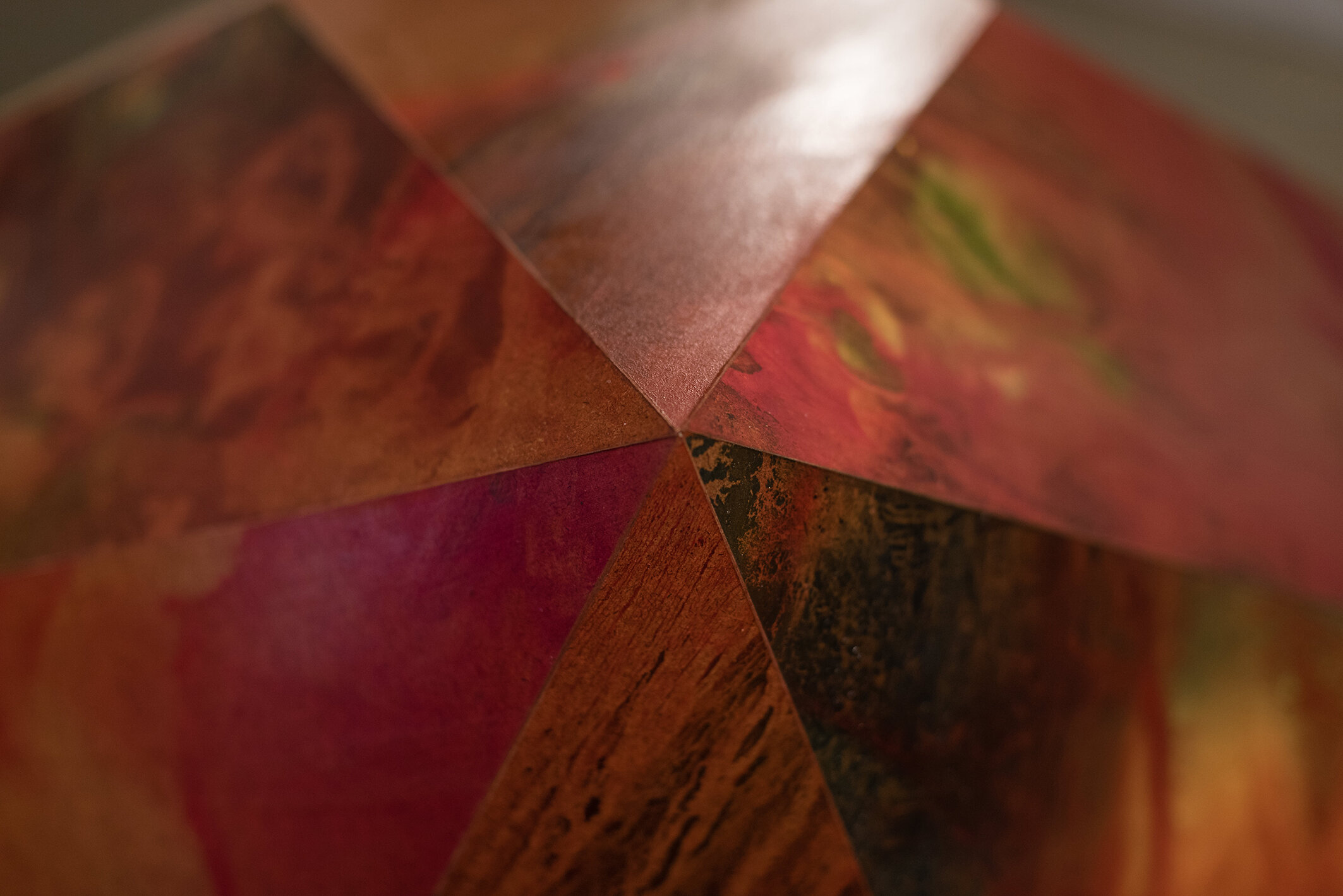
0
Slow Burn

1
Encounter

0
Brilliant green, Cadmium Yellow, Arylide Yellow & Green Gold
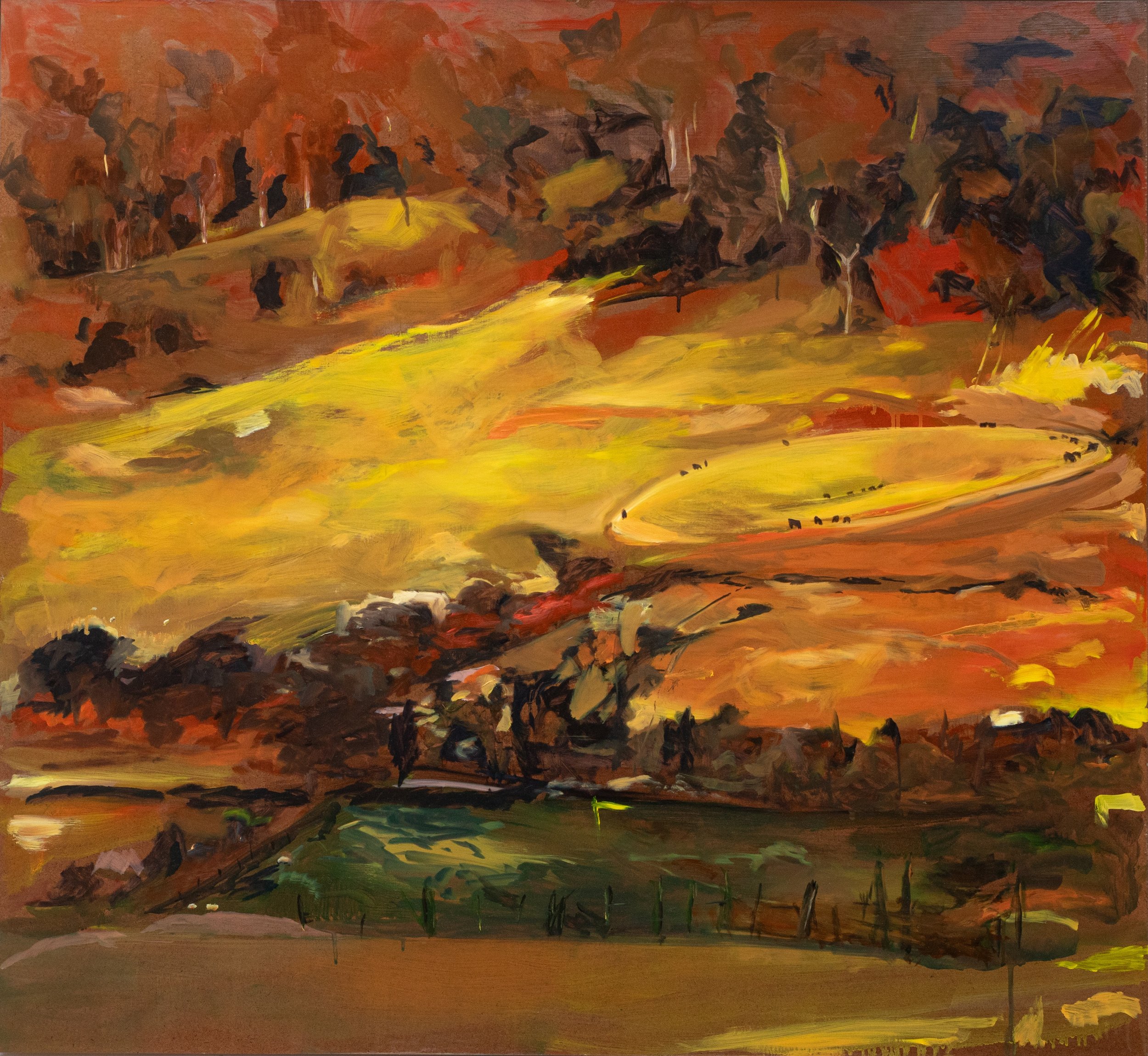
0
Silence from the Coolamon (Indanthrone Blue, Azo Orange & Arylide Yellow)
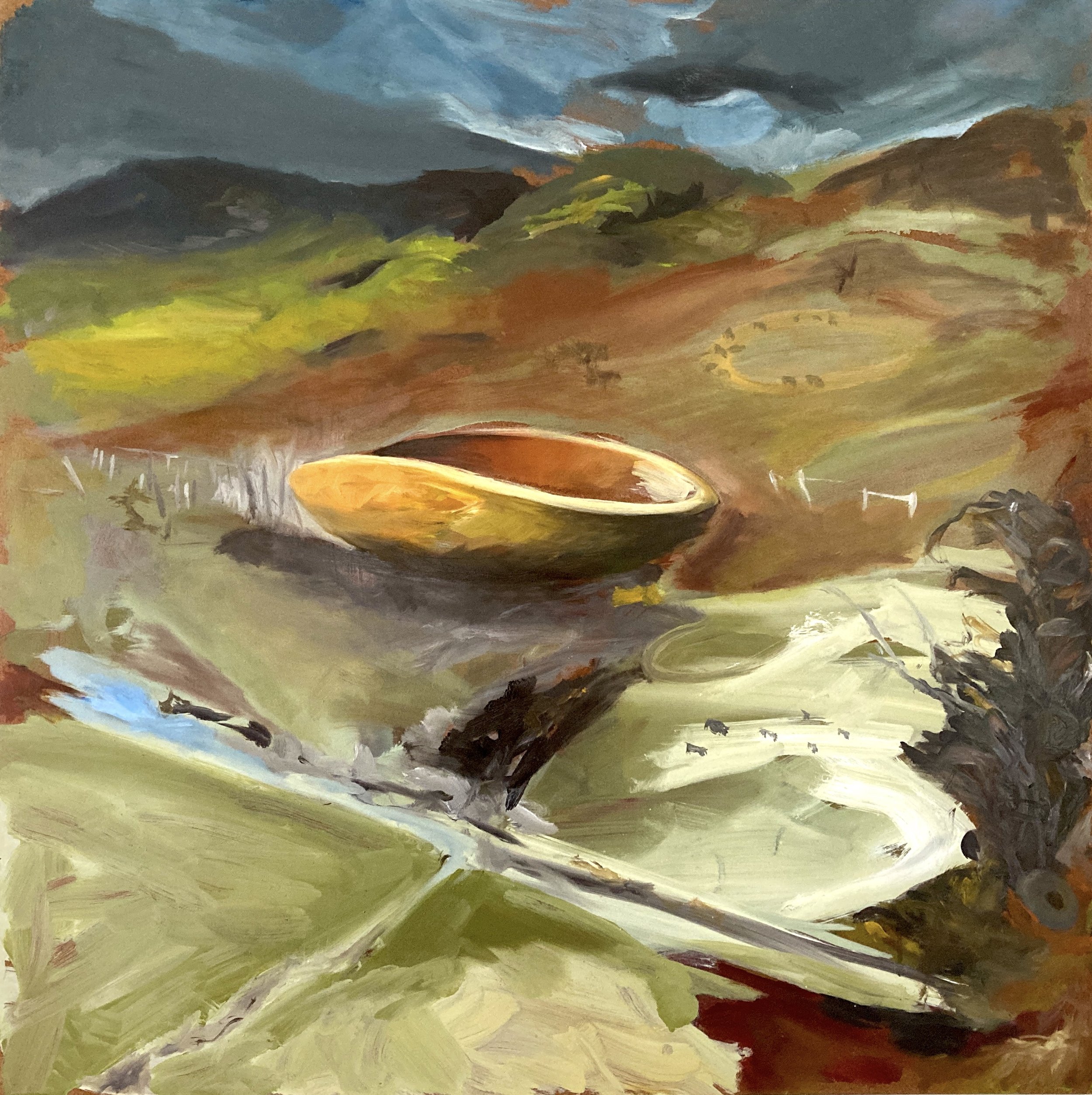
0
Sounds from the Coolamon (witakina/Glover country)
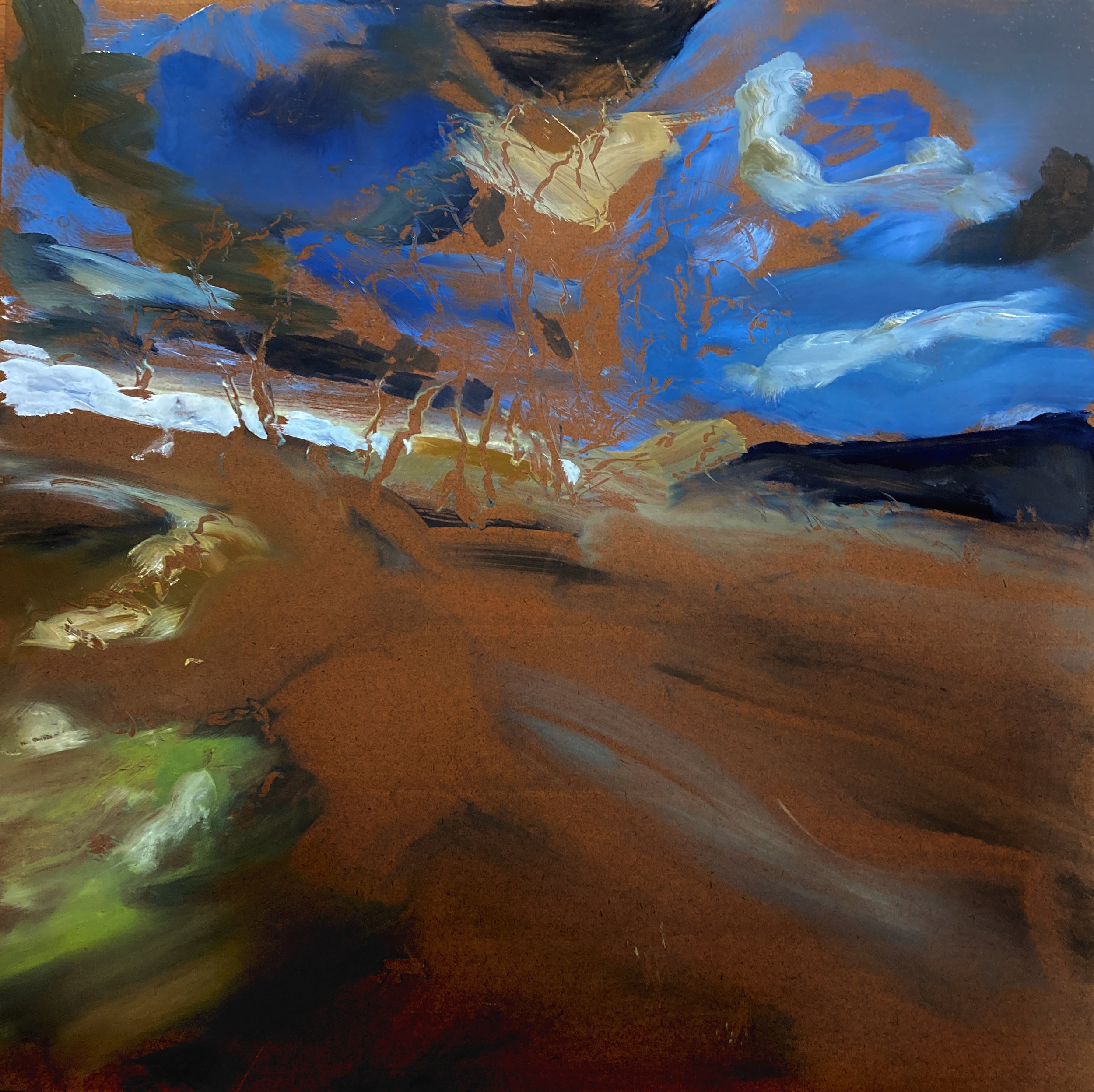
0
Thin Space; witakina country, 5:40 pm
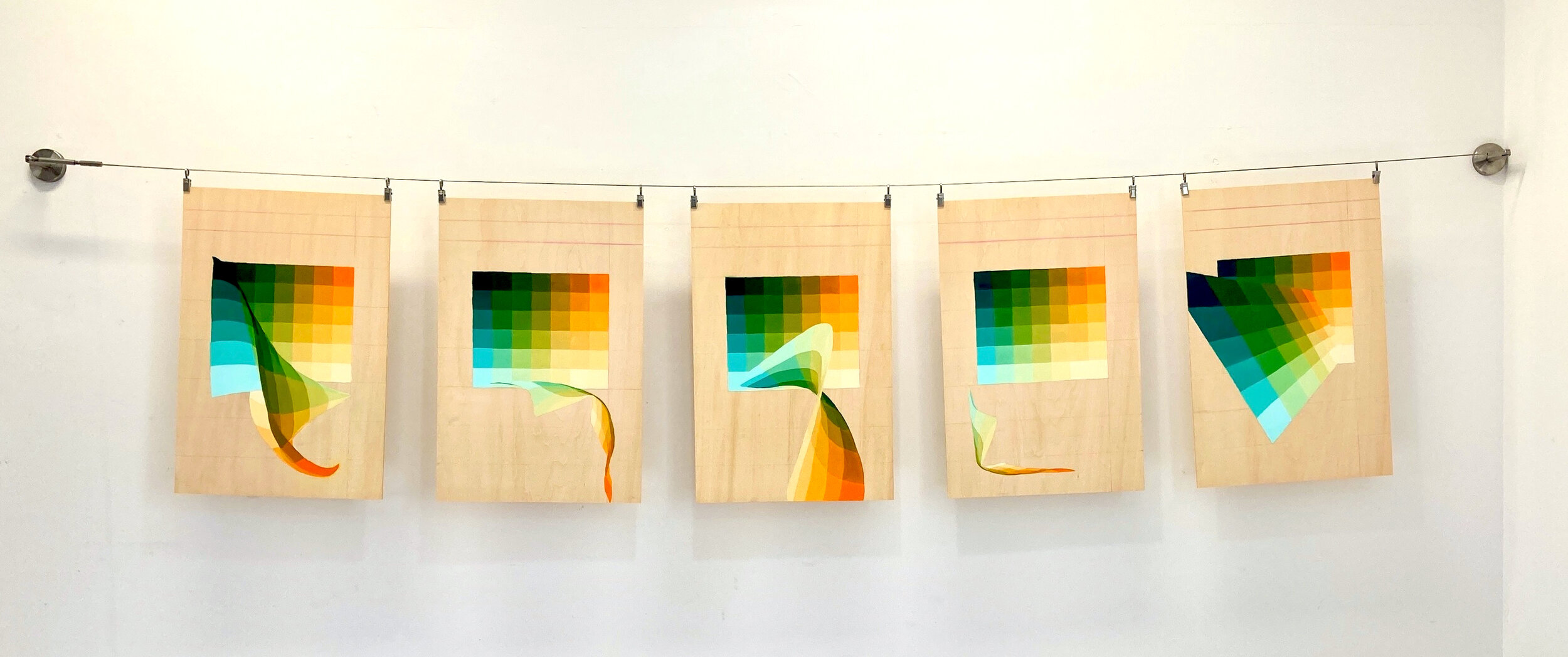
7
A Chart Stripped Bare - freedom in restraint

6
Gray Zone 1-13

9
Freedom in Restraint – Quinacridone Burnt Orange and Chrome Yellow Hue, 2021

0
Pine Lake in brilliant yellow, paynes grey and mars brown

0
Musing from ‘A Non–Anxious Presence’[1], in the Gray Zone
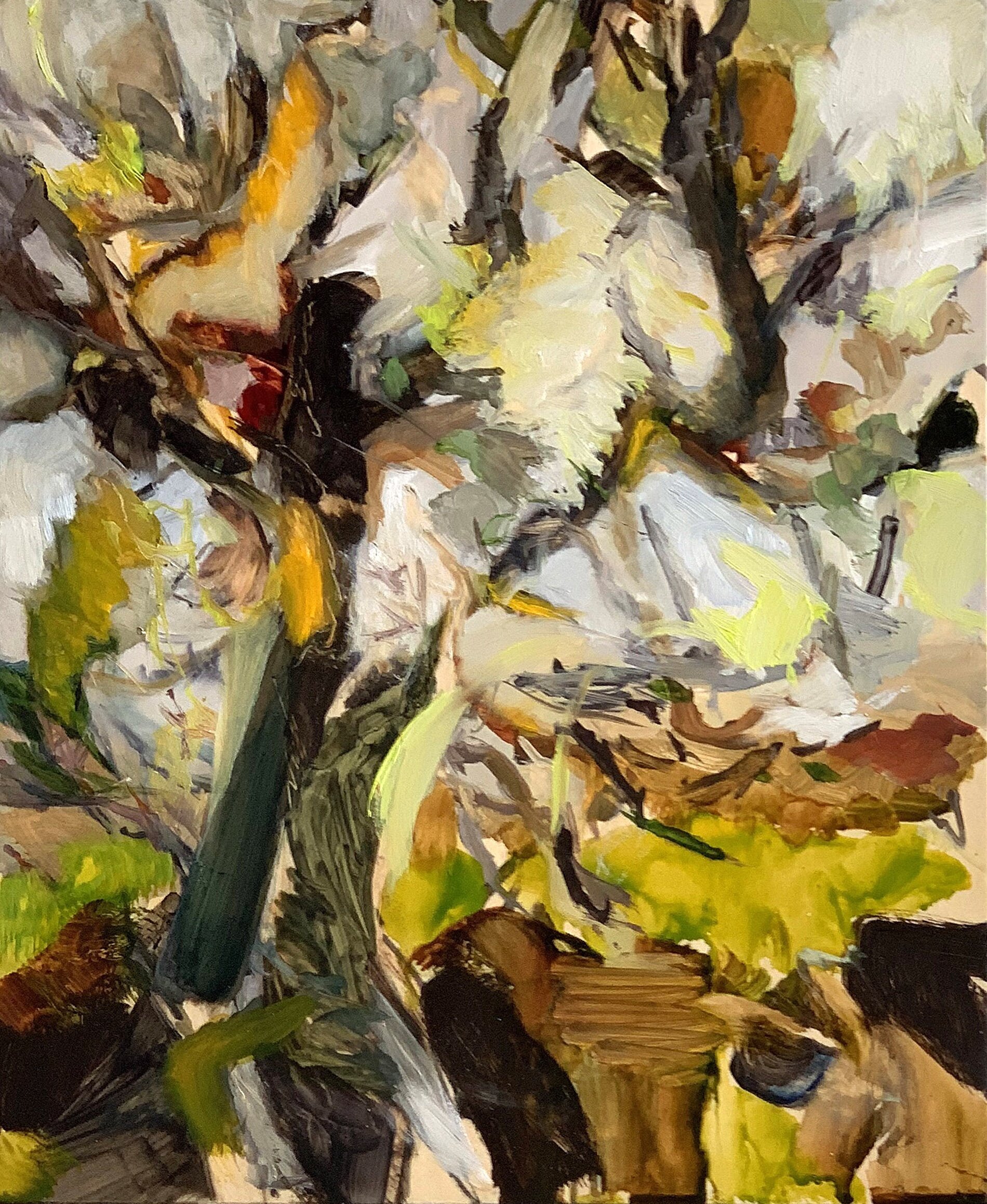
3
After the Wild
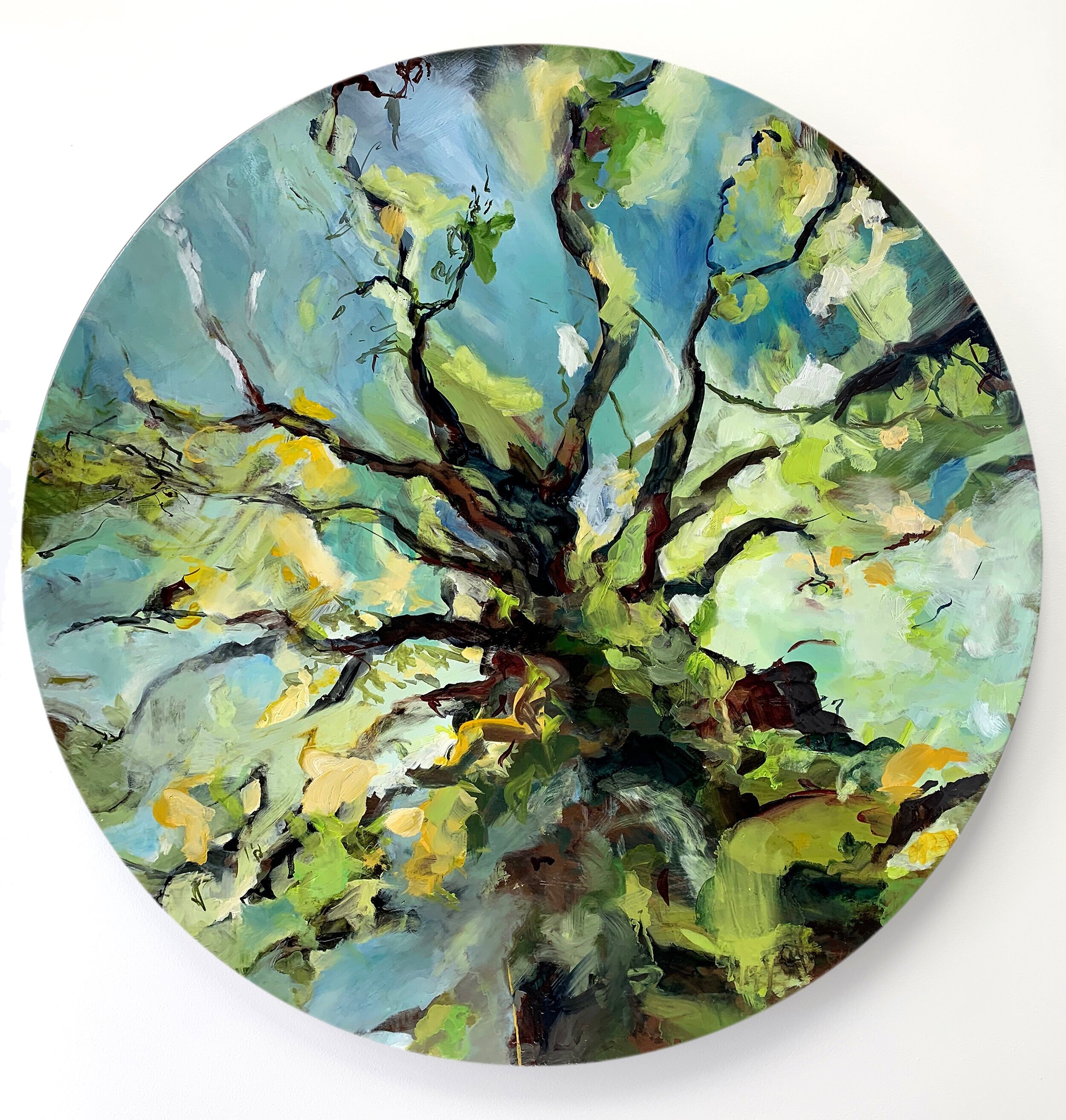
2
“Birch trees … loveliest of all when naked”
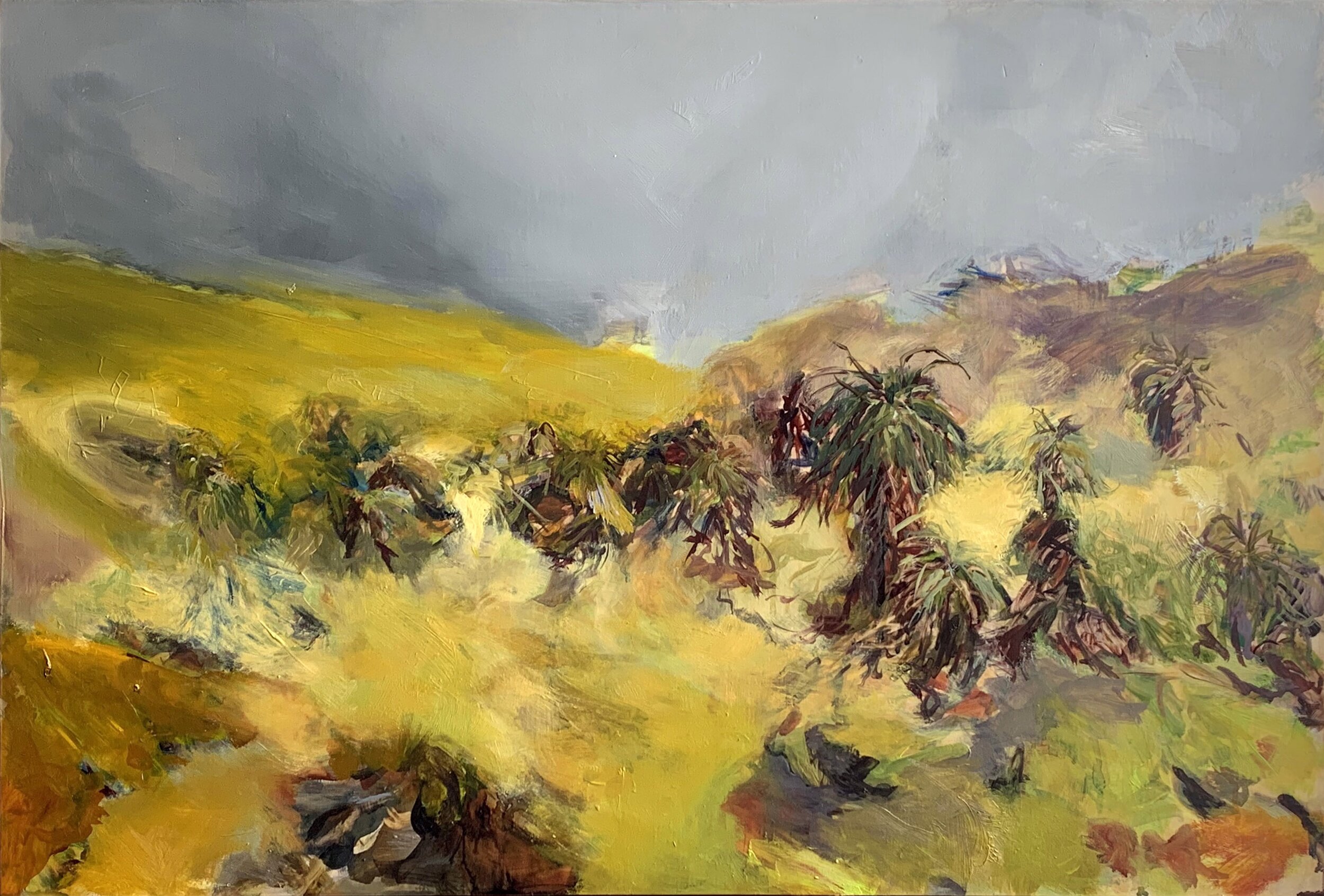
0
“Can these bones live...”
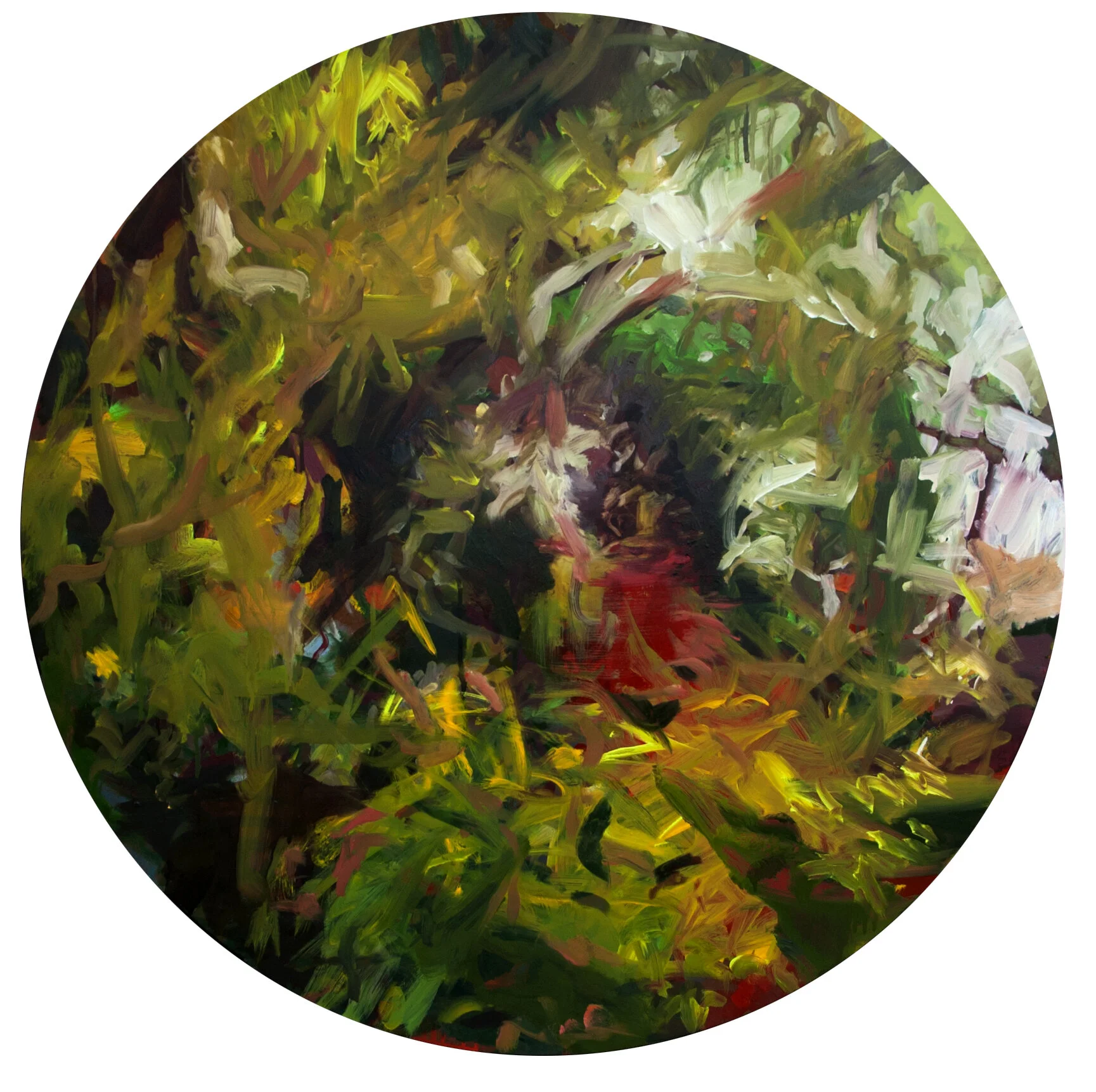
1
Rambunctious
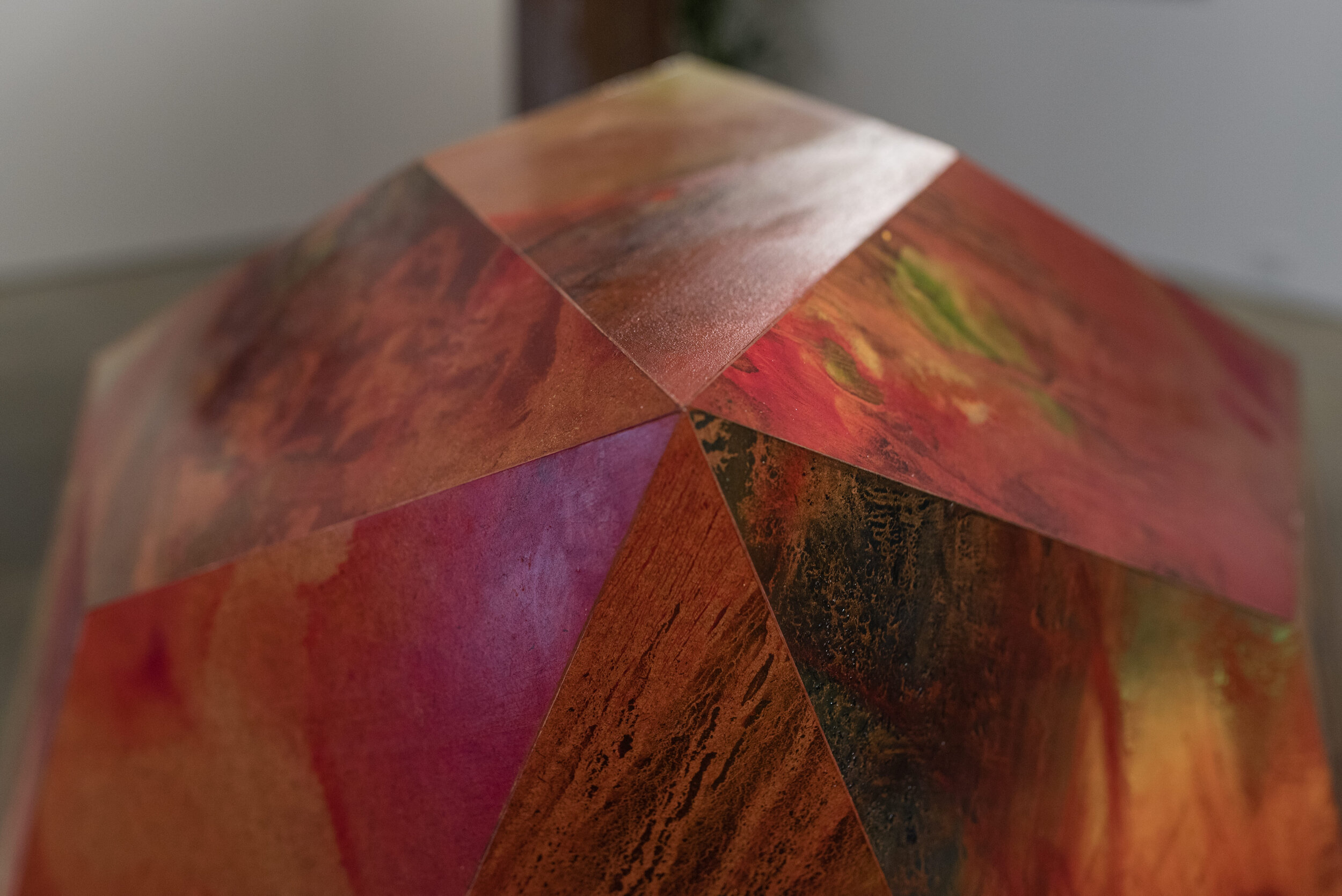
25
Disruptive Epoch
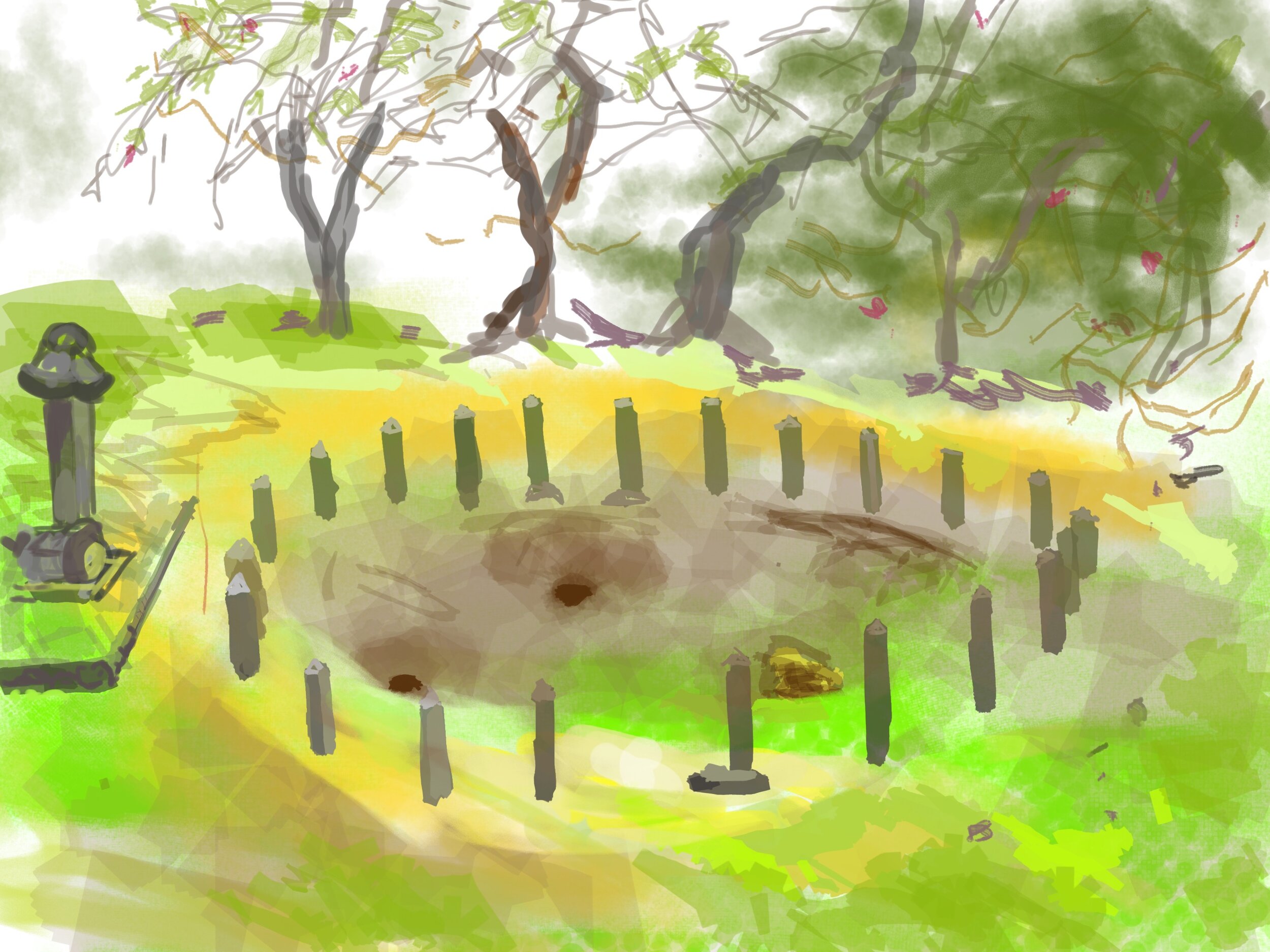
3
iPad Drawings


